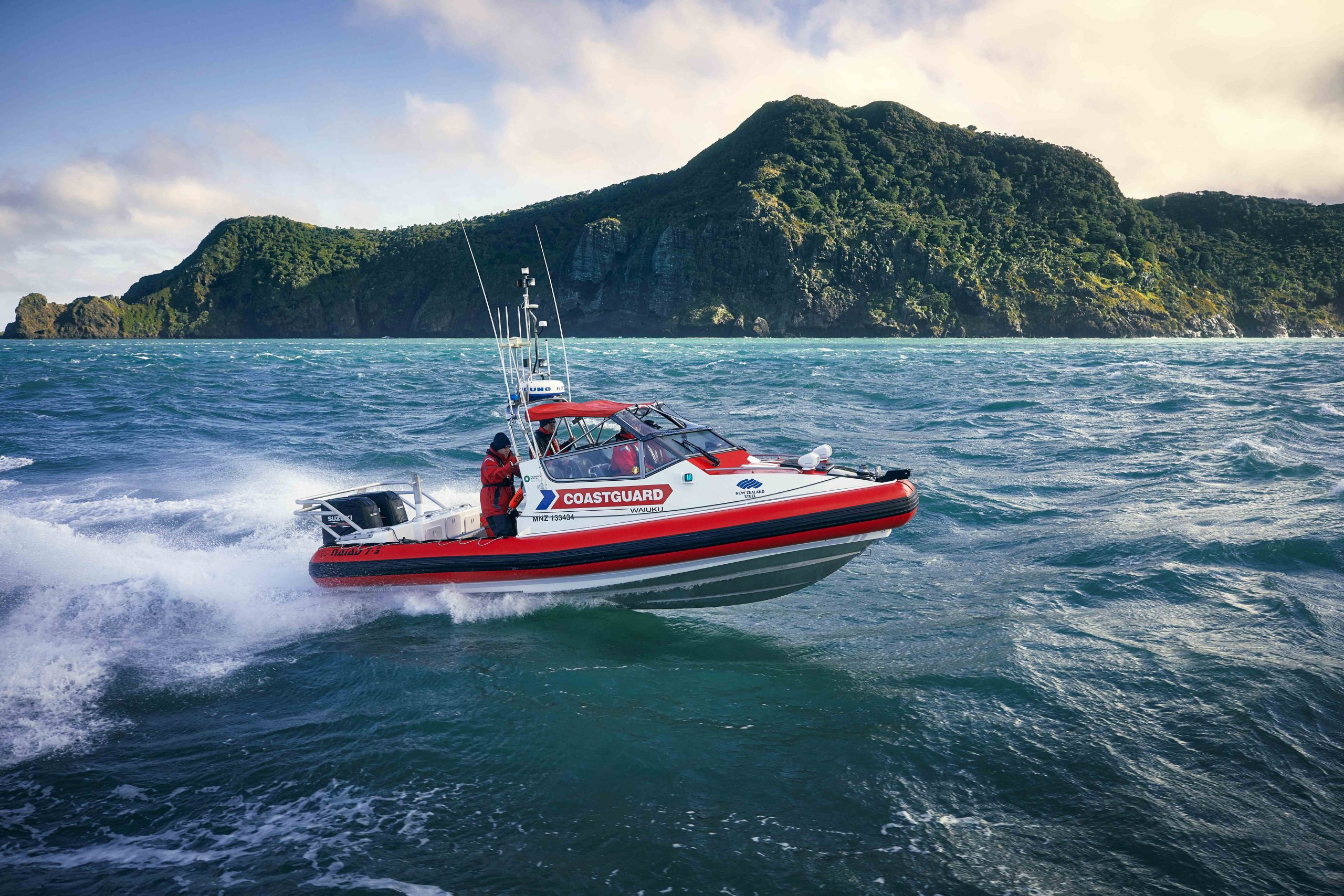|
Getting your Trinity Audio player ready...
|

Boaties are being urged to be careful on the water after a recent string of serious bar crossing incidents along the west coast of the North Island.
The coastguard says the incidents come as summer approaches and as more boaties chase prime fishing spots.
In the past month, three major incidents have highlighted the risks, including at Port Waikato, Raglan, and Kawhia.
Coastguard says that on October 17, one man died, and two others were hospitalised after their vessel overturned near Port Waikato. All were wearing life jackets.
On November 1, four boaties were rescued near Raglan after issuing a Mayday call from a sinking vessel.
“Thanks to their logged bar crossing report, lifejackets, and activated personal locator beacon (PLB), a swift rescue was possible,” a Coastguard spokesperson says.
On November 8, a vessel with two people on board capsized at about 6am on the Kawhia Bar.
“Several vessels of opportunity responded and retrieved both individuals. No bar crossing report had been made, and it was unclear whether lifejackets were worn.”
Coastguard Bar Awareness Programme lead and volunteer Simon Marshall says: “These recent incidents are a sobering reminder that bar crossings are among the most dangerous activities on the water.
“Even experienced skippers can be caught out by fast-changing conditions, unpredictable swells, and narrow, shifting channels.”
To help boaties do just that, Coastguard is running a series of free bar awareness seminars in communities where recent incidents have occurred. Whether crossing Raglan, Kawhia, Manukau, or Port Waikato, understanding the local bar and how to read the conditions can be the difference between a great day on the water and a life-threatening emergency.
The sessions are designed to give boaties the practical knowledge and confidence they need to make good decisions when crossing bars this summer.
Seminar topics include:
- Understanding the local features of a bar
- Reading and interpreting conditions
- Preparing the vessel and crew
- Handling a vessel during a crossing
- How (and why) to file a bar crossing report
- What to do if things go wrong
“Lifejackets and PLBs save lives, but preparation, local knowledge, and knowing how to read the conditions are just as critical,” Marshall says.
Outdoor Access recently installed cameras at Manukau Heads and Port Waikato to show real-time conditions of the dangerous Manukau Bar and Port Waikato bar. The systems are predominantly self-sufficient solar installations, operating during extended daylight hours (currently 5.30am to 9pm).
Coastguard Waiuku vice-president Garry Box says the cameras are another good tool for boaties.
“From a safety aspect, it means that users of the bar can view the conditions in real time, before committing to a trip. Anything we can do to reduce further deaths or incidents can only be a good thing.”
The Coastguard says that while preventable drownings fell to 72 in 2024 (down from 90 in 2023), fatalities involving powered craft rose to 18-21per cent of all cases – many in tidal waters or during bar crossings. Over half occurred close to shore, including five bar capsize incidents.
To sign up for the seminars, click here.



